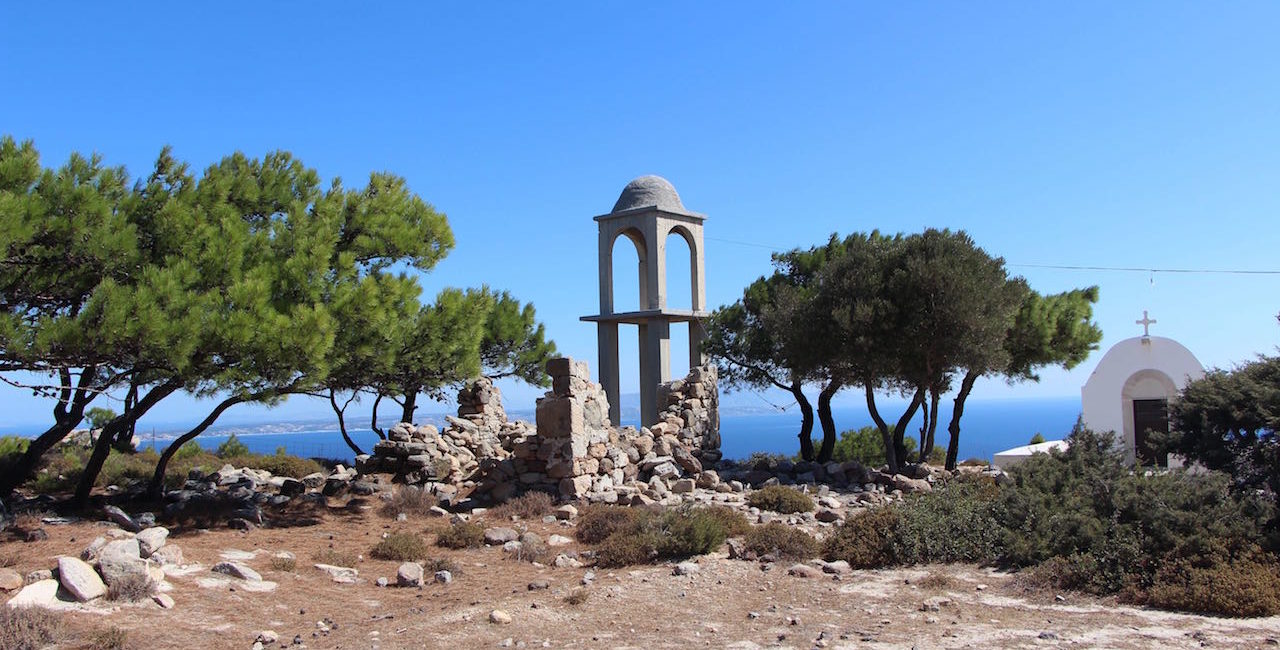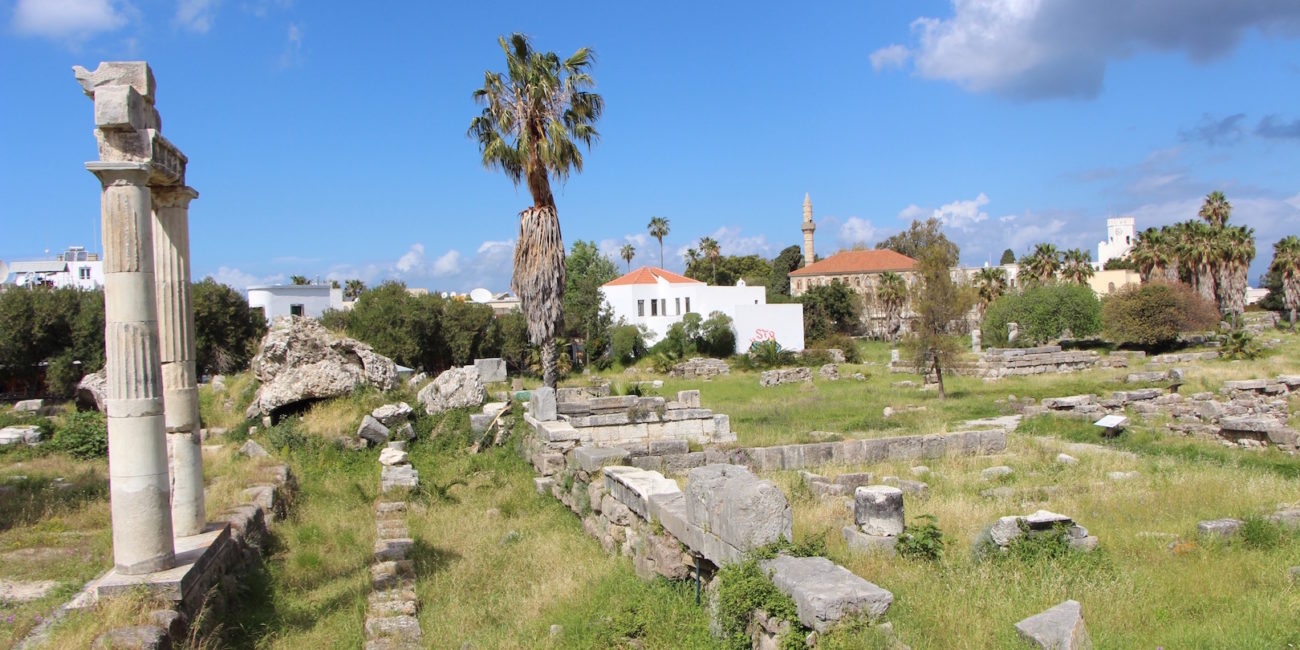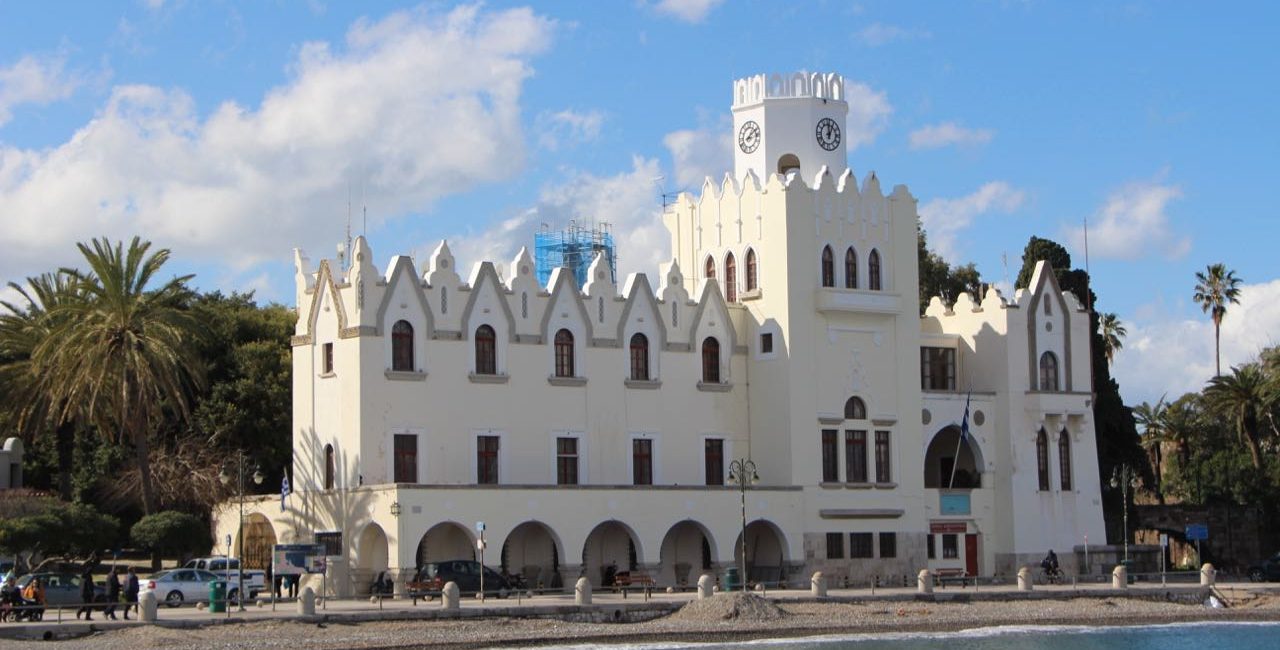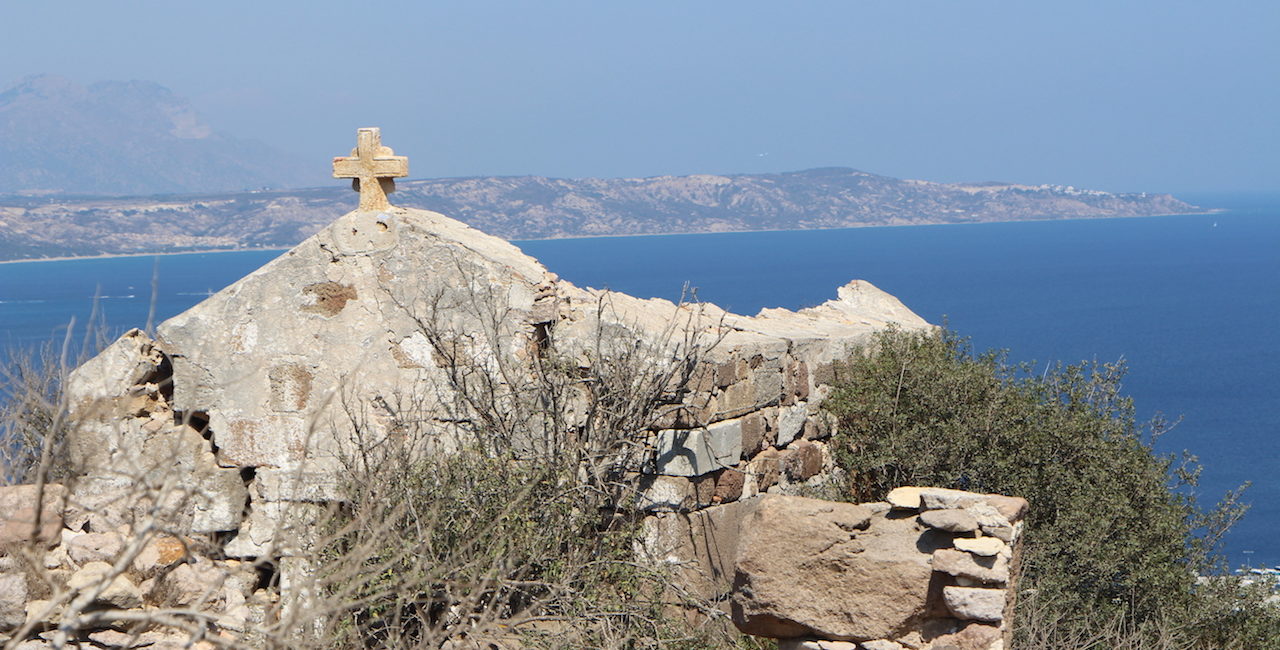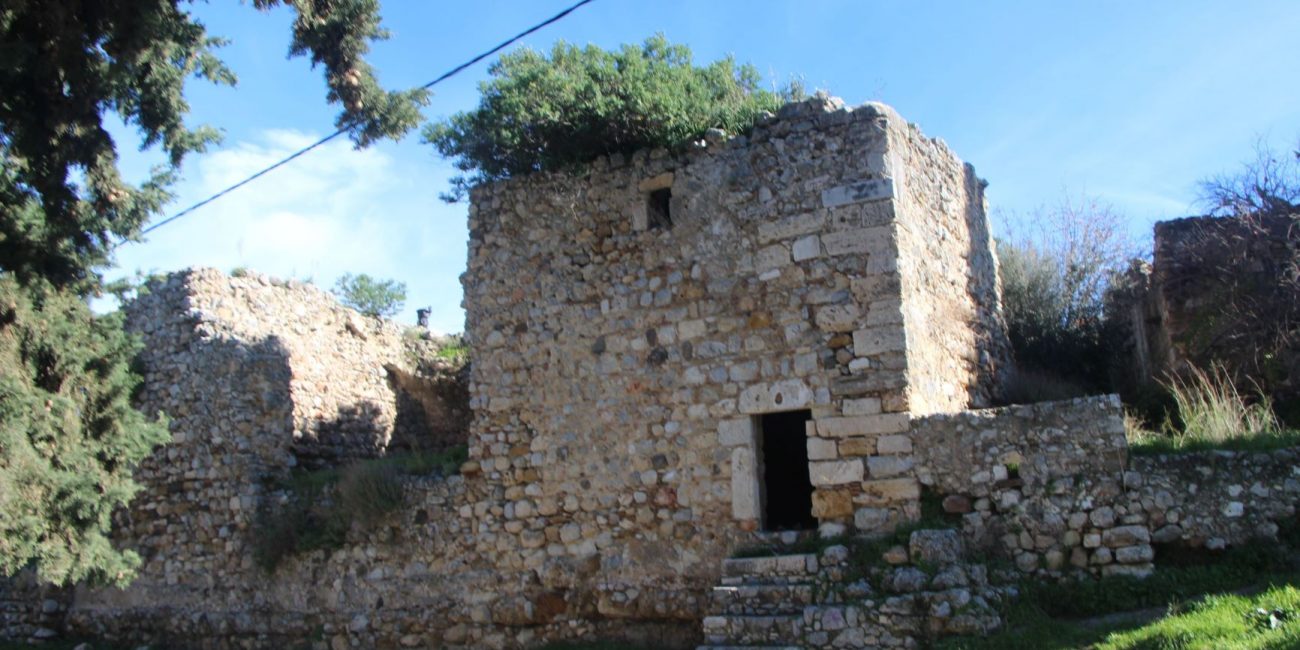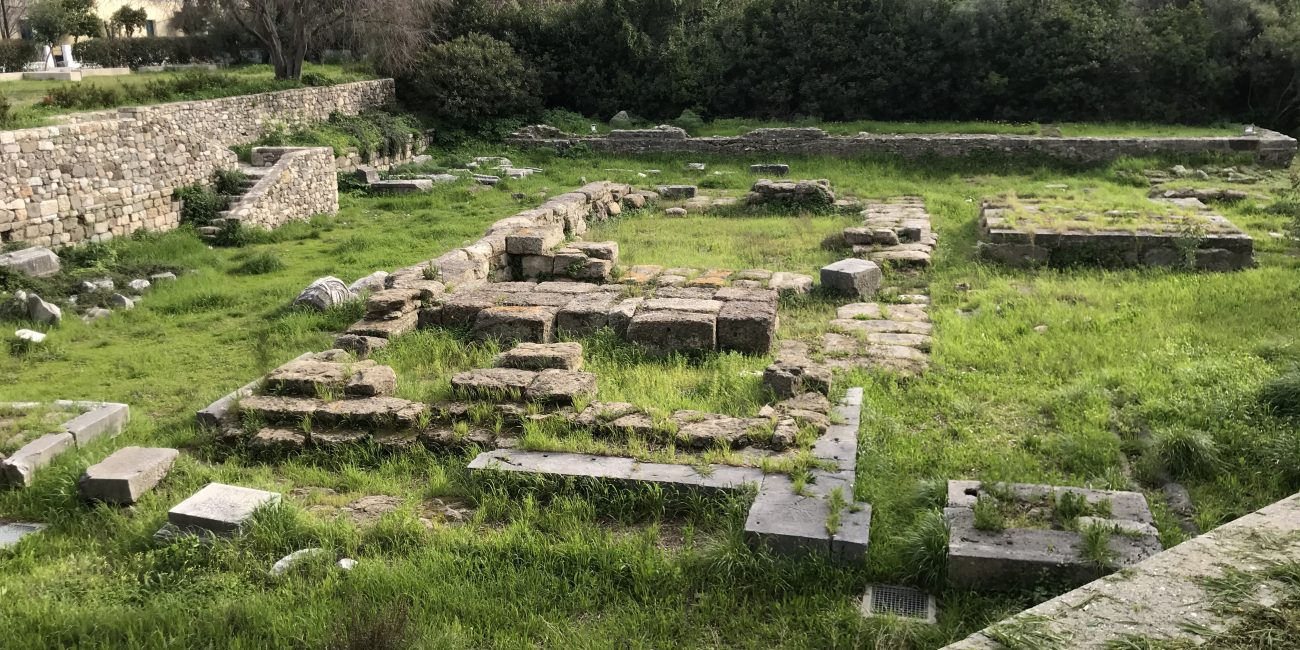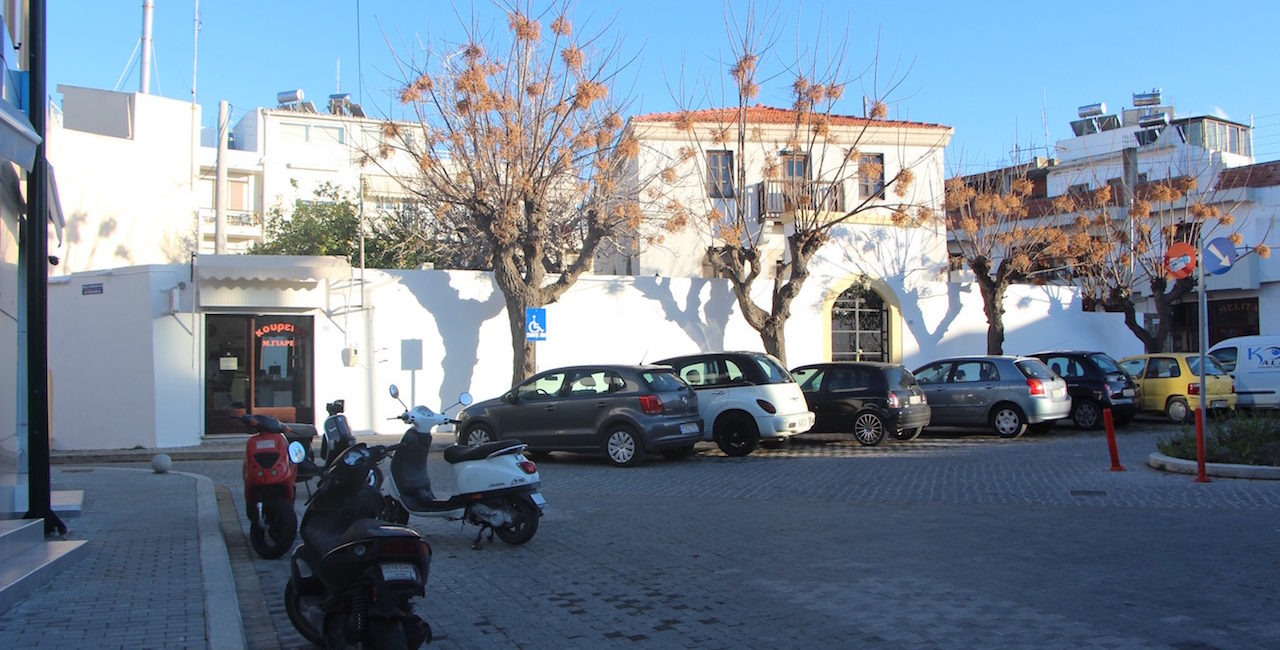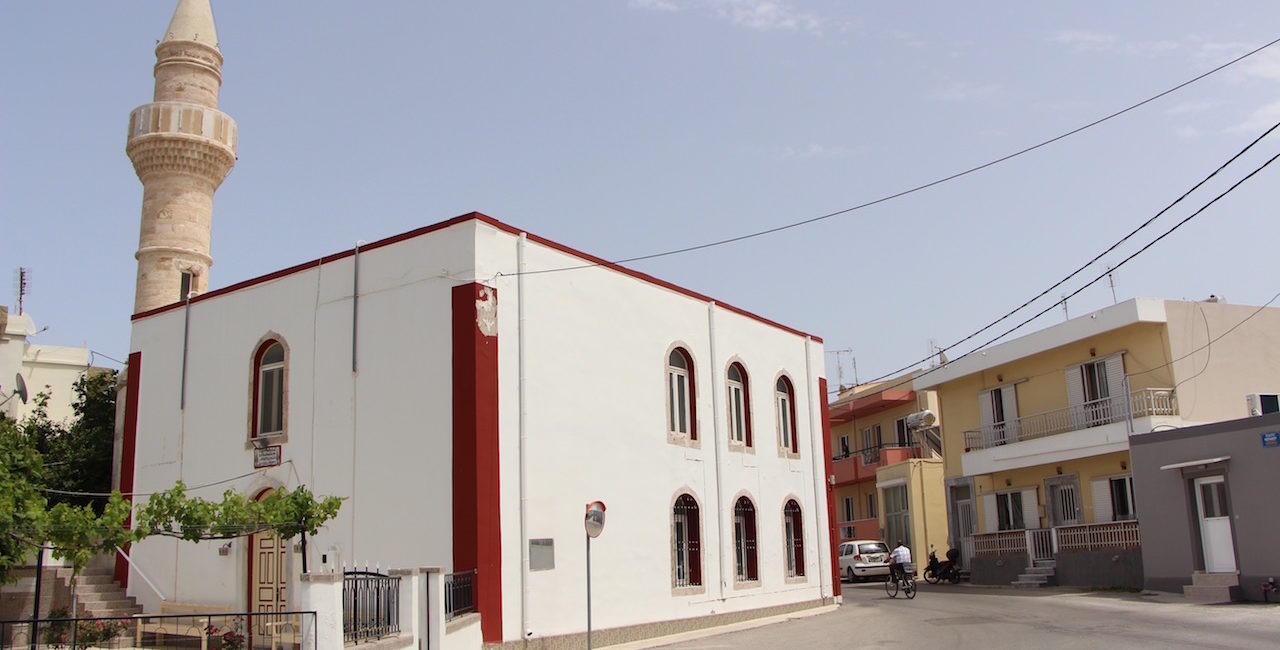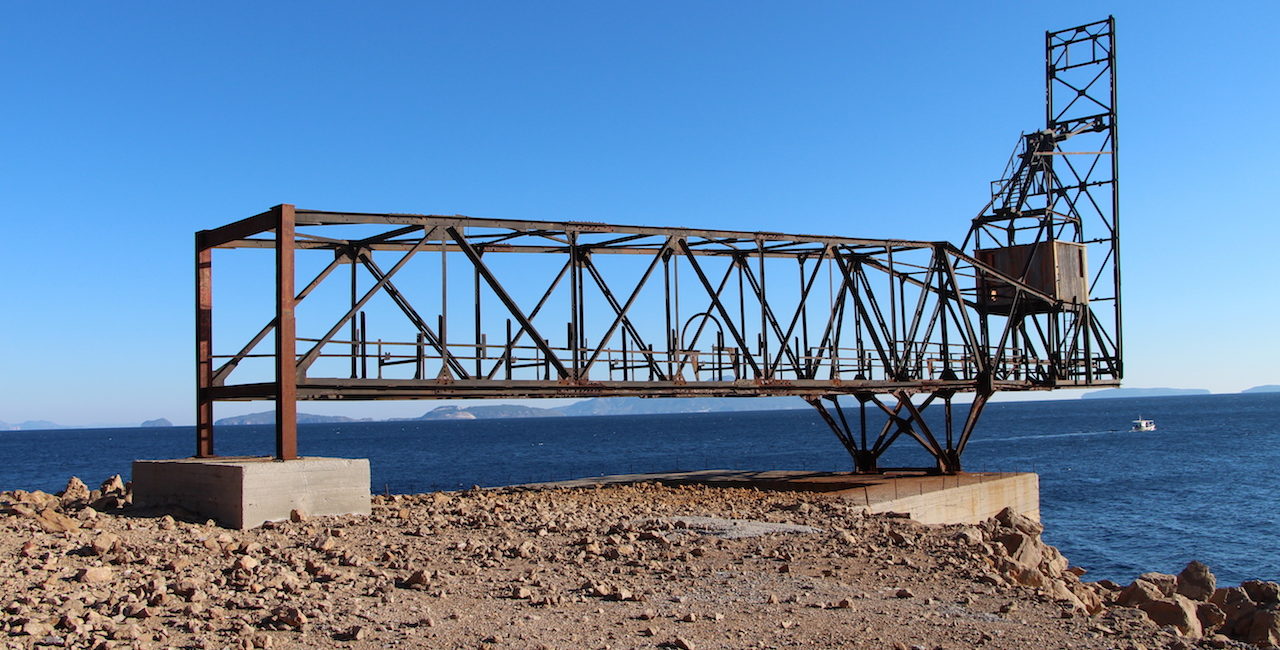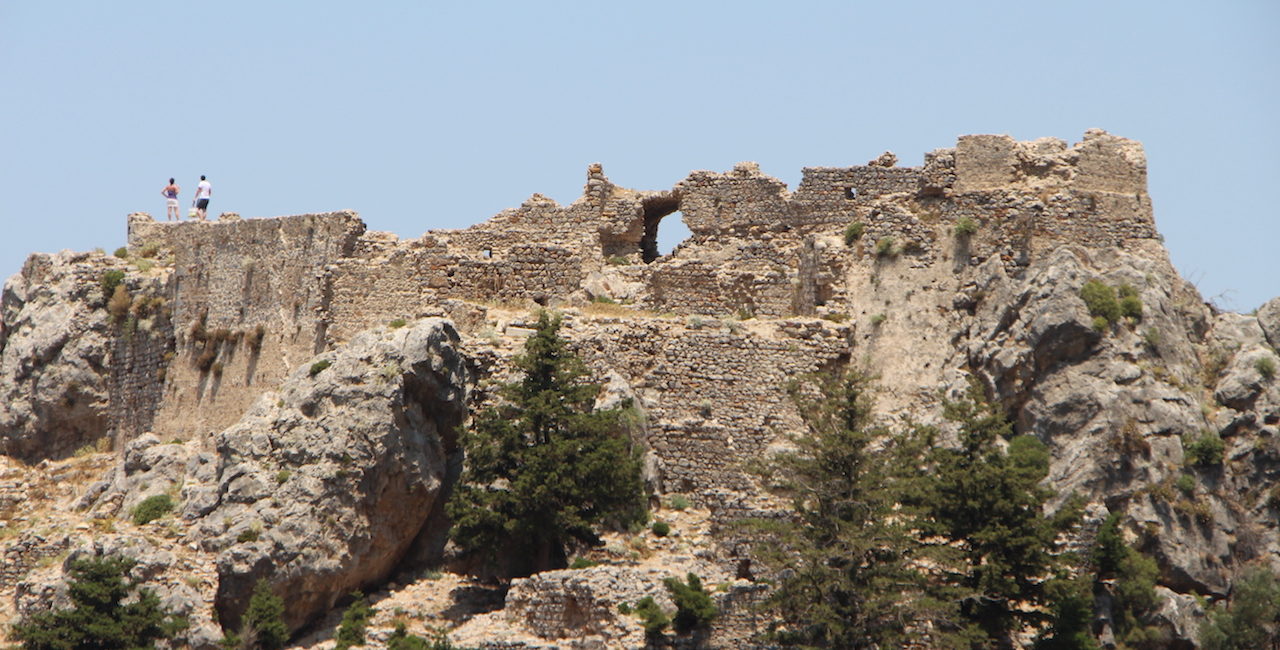History and Culture
In this unit I will endeavour to depict some of the important historical themes relative to the island of Kos. Hippocrates the father of medicine is undoubtedly the most important Koan in history, and a number of posts are dedicated to his life and works.
The island of Kos, in Greece, seems to have been populated since Neolithic Times as proven by bones and pottery dating back to that time that have been found in the Aspri Petra cave in Kefalos. Throughout the ages a number of conquerors have taken over the island and most of them have left their mark. The remains from the ancient Greek and Roman times are plentiful. The Aclepeion, Alasarna, Palatia, the Roman Odeon… just to name a few. During the Byzantine era, the area around Old Pyli thrived and grew, leaving us the wonderful Old Pyli settlement and a number of churches with exquisite frescoes adorning their walls. The Knights of St John’s set out to build a number of castles, all over the island, seeking to protect the population as well as themselves from the Ottoman Empire, and raiders of all sorts. But as their strength waned, the island fell into the hands of the Ottoman Empire and soon a number of shrines and Mosques were built mostly in Kos Town. Last but not least the Italian legacy is probably the most important of them all. The Italians uncovered and highlighted most of the antiquities we see today in an effort to commemorate the glorious past, they organised and built a large part of the island’s infrastructure including roads, schools, sewers, bomb shelters…, and left their typical architectural style on a vast number of buildings they built following the 1933 earthquake. The archaeological sites are plentiful and widespread across the whole island. Kos Town itself is in fact a vast archaeological area.


















